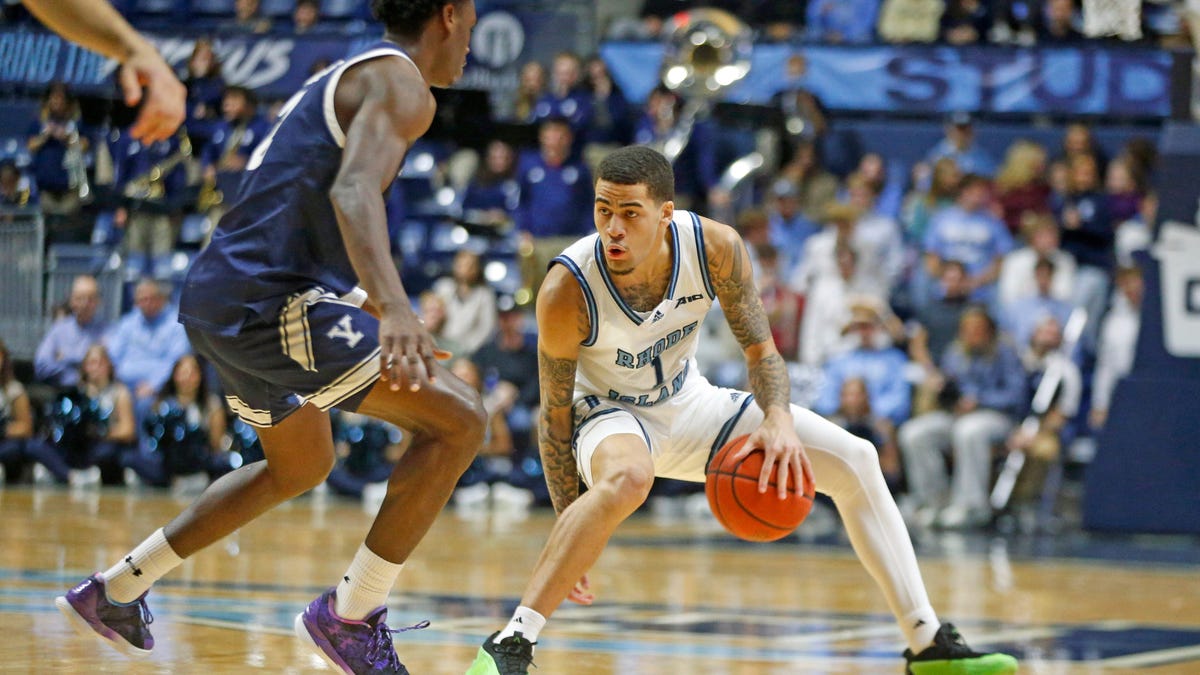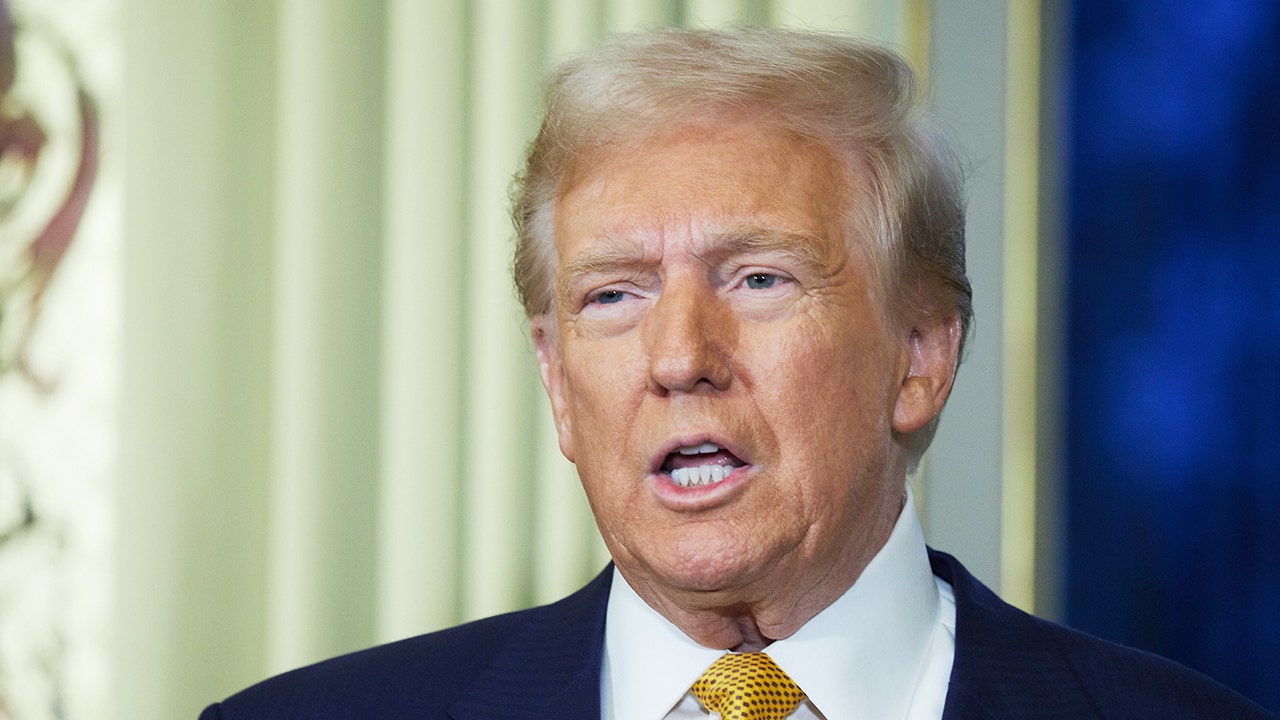Jay Evans, director of the UM Center for Translational Medicine, and his team expect to start Phase 1 human trials for fentanyl and heroin vaccines in 2024. (UM photo by Tommy Martino)
A vaccine to prevent overdosing on fentanyl and one for heroin are in the works at the University of Montana and partner institutions.
Human trials are expected to start in early 2024 for both vaccines, according to UM.
UM researcher Jay Evans, who leads a campus center working on the vaccines and co-founded university corporate partner Inimmune, said recently the vaccine is unusual in that it’s generating an antibody response against a drug rather than against a bacteria or virus.
A person addicted to fentanyl who wants to quit and goes through rehab has an 80% to 90% chance of relapsing in the first two years, Evans said. Sometimes, people overdose and even die because their bodies are not accustomed to the drug anymore.
“We’re developing a vaccine to help people quit and prevent overdoses,” Evans said.
UM noted more than 106,000 U.S. drug overdoses were reported in 2021, and of those, 71,000 were attributed to synthetic opioids like fentanyl, citing data from the National Institutes of Health, or NIH.
In Montana, 113 people died in 2021 from opioid overdose, including 62 from fentanyl, according to data from the Department of Public Health and Human Services. The opioid overdose death rate went from 3.6 people out of 100,000 in 2017 to 11 out of 100,000 in 2021, according to DPHHS.

Uddav Pandey, senior scientist at Inimmune, is a team member working on a project of the University of Montana to develop a vaccine to prevent fentanyl and heroin relapses and overdoses. (Keila Szpaller/The Daily Montanan)
The vaccine project at UM came out of a $33.4 million NIH contract a few years ago with the Missoula flagship. The NIH also served as the catalyst for the partnership between Evans and Marco Pravetoni, now with the University of Washington and previously with the University of Minnesota.
Evans said scientists often end up working in silos, and the NIH recognized a research gap with vaccine development. So it hosted a workshop that brought together different groups of people whose research might be complementary, and Evans and Pravetoni connected.
The vaccine includes an ingredient from Prevatoni’s team that elicits the production of antibodies against the target opioid, and it includes an ingredient from the UM research team called an “adjuvant,” which boosts the effectiveness of the vaccine.
“Our adjuvants improve the vaccine response, providing a stronger and more durable immunity,” Evans said.
UM, UW and the University of Minnesota all have worked on parts of the project, and Columbia University in New York will conduct the clinical trials. Evans said if all the trials run smoothly, the vaccine might be on the market in 2028, although many variables are in play.
In a news release about the vaccines, UM noted its Center for Translational Medicine and Inimmune together employ 70 people, and the team is also working on vaccines targeting SARS-CoV-2, the influenza virus, tuberculosis, monkeypox, pertussis, Lyme disease, malaria, E. coli, allergy and cancer.
Evans believes UM offers one of the largest university-based academic research teams for vaccine discovery and development in the country and was “a major reason” UM landed on a list of “Best Universities Solving the Coronavirus Pandemic” in 2020.
Although he said he hopes the vaccine is able to help people with addictions, Evans also said a vaccine shouldn’t be a “front line therapy” for people with addictions. One problem, however, is that people still don’t feel comfortable openly talking with their physicians or families about drug use, he said.
“There’s a stigma around opioid drug use,” Evans said. “And it’s a disease. It’s not a choice. It’s a disease. And that’s why it’s so hard for people to quit. The underlying addiction, the underlying disease, is a huge issue.”
Normally, Evans said, you wouldn’t want an antibody response to a drug because the drug wouldn’t be effective when you administer it again.
The way the vaccine works is it plays a trick on the immune system. The vaccine enables the immune system to see a drug as foreign and develop an immune response against it, Evans said.
The vaccine fools the immune system by linking a drug called a “hapten,” too small to generate an immune response on its own, to a carrier protein, the foreign substance.
The immune system recognizes that protein as foreign. Then, it generates an antibody response to the drug, and the “adjuvant” turbo-charges that response.
When a vaccinated person reuses fentanyl, Evans said the antibody binds the drug in the bloodstream, and it can’t cross “the blood brain barrier,” which protects the brain from toxic substances.
So the idea is that the person doesn’t feel the high, and they won’t want more, especially since the target population is made up of people who already want to quit. The vaccine also should prevent overdose when a patient relapses.
Evans said the hope is that the vaccine will be effective for a period of one to two years, but not more. That way, if the person needs fentanyl for pain relief in a legitimate medical emergency later on, it will be effective for them.
Evans said the concept used in this vaccine — called a hapten-carrier conjugate — is already being used in other vaccines, such as for pneumonia.
The first phase of human trials is focused on safety, he said. They will seek to demonstrate that people can safely take the vaccine, and when challenged with fentanyl or heroin, they will not suffer any adverse effects. The trials involve giving people fentanyl.
“So we’re going to get an early signal on whether the vaccine works,” he said.
The post University of Montana working on vaccine for fentanyl, heroin overdose appeared first on Daily Montanan.












































































































































/cdn.vox-cdn.com/uploads/chorus_asset/file/25789444/1258459915.jpg)

/cdn.vox-cdn.com/uploads/chorus_asset/file/25546252/STK169_Mark_Zuckerburg_CVIRGINIA_D.jpg)


/cdn.vox-cdn.com/uploads/chorus_asset/file/23951353/STK043_VRG_Illo_N_Barclay_3_Meta.jpg)